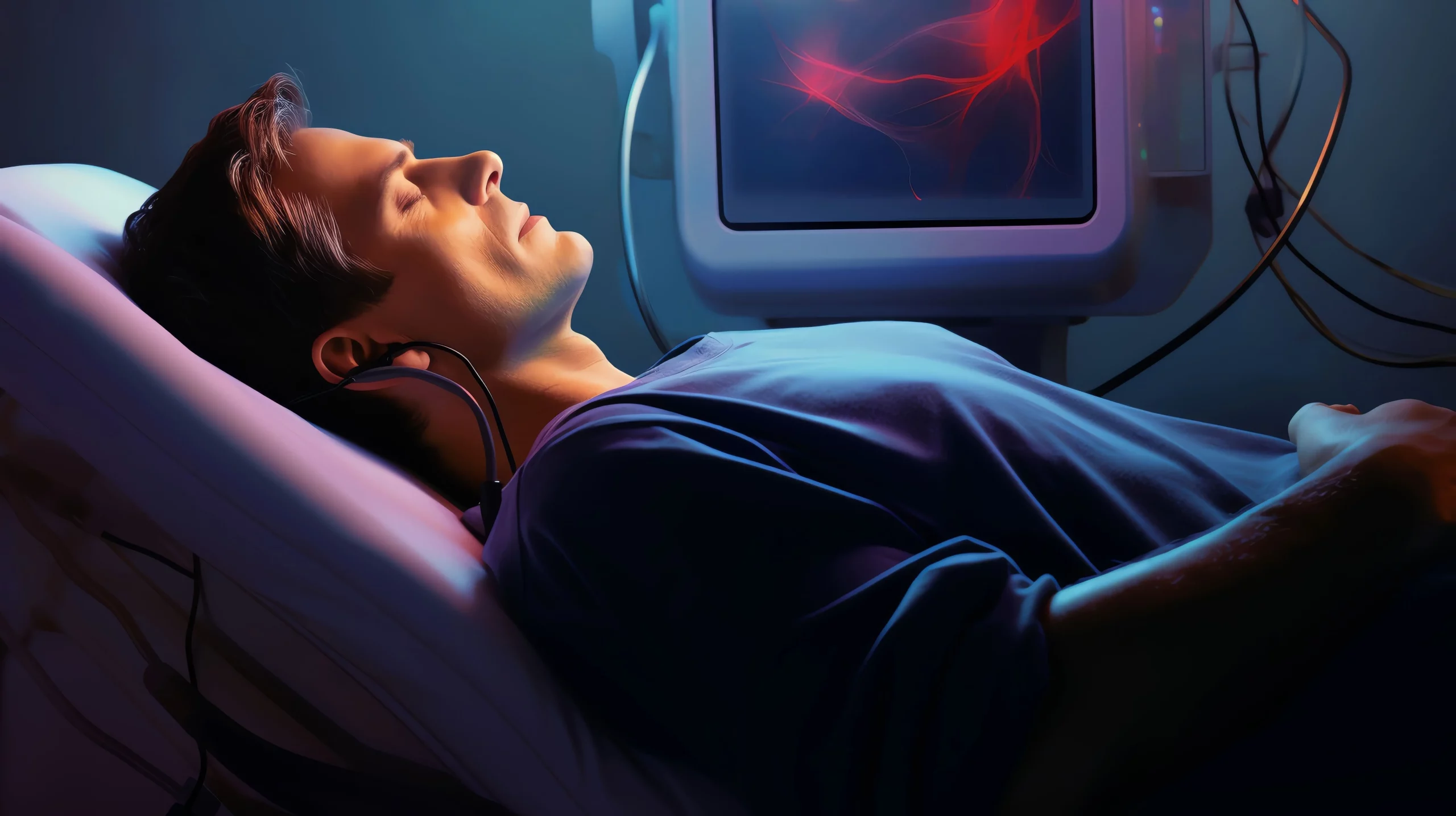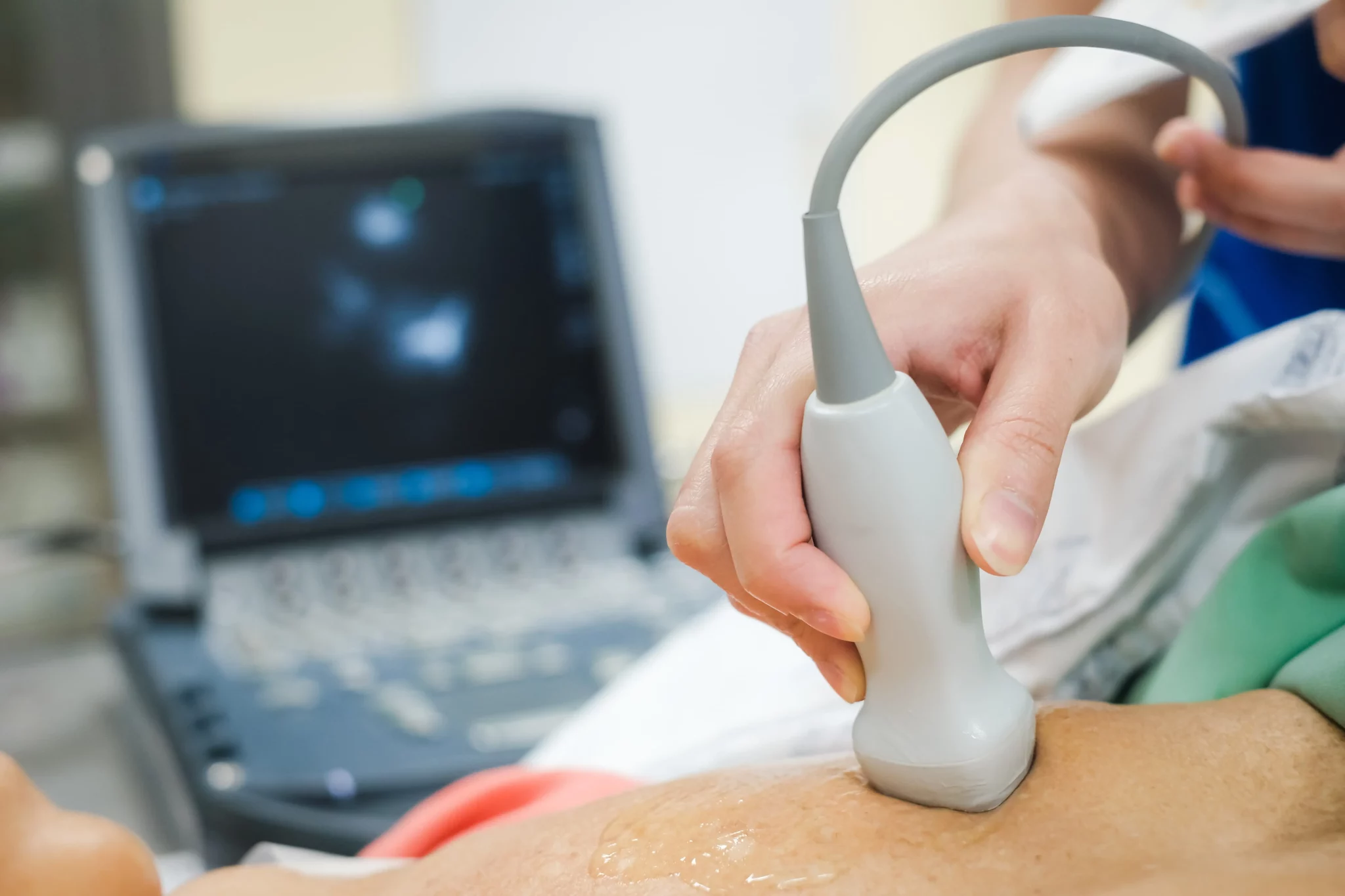The New Work From Home?
The COVID-19 pandemic changed the way society works and functions, and one of the biggest impacts occurred in the healthcare space, where workflows and technologies are changing faster than many organizations can keep up with. But even before the pandemic, there were telling signs that alluded to the so-called “at-home care revolution.” According to a 2019 report by the Home Care Association of America and the Global Coalition on Aging, nine out of ten Americans 65 and older want to stay at home for their care, instead of visiting a facility.
For healthcare organizations to grow their business and reach more patients, they have to identify ways to bring care closer to the patient. Historically, this has been challenging with radiology and diagnostic imaging because the work heavily depends on on-site technology and equipment.
However, through the advent of virtual, mobile, and agile diagnostic tools and technologies, it’s never been easier to perform scans in a patient’s home, giving healthcare organizations a viable opportunity to expand radiology services outside their facility walls.
Three Advantages to At-Home Diagnostic Imaging
As the healthcare industry faces extreme labor shortages and increased pressure to deliver frictionless, personalized patient experiences, radiology departments can address both of these challenges by delivering at-home diagnostic imaging services.
Diversifying your radiology services with at-home options helps your organization:
Decrease the Massive Imaging Workload
Hospitals and other healthcare facilities have still not returned to pre-pandemic operations, which has caused routine services like diagnostic imaging to pile up. In fact, radiologists’ on-call workloads have more than doubled relative to ED visits, according to an April 2022 report by the European Journal of Radiology. This trend will likely continue to grow, as the number of scans needing to be completed on a daily basis rises. But, healthcare organizations lack the time, space, and resources to manage this workload effectively.
By completing routine scans in patients’ homes, radiology technologists can directly alleviate some of the stress on the health system caused by the pandemic. At-home imaging for routine scans frees up space in imaging facilities for scans that require in-depth technique and review. This allows you to take care of more patients and address a wider variety of health situations while maintaining efficiency.
Reduce Burnout
Even pre-pandemic, hospital staff around the country reported record numbers of burnout and turnover. In fact, 2019 data showed that 44% of all physicians feel burnout.
Working directly in patients’ homes provides radiology technologists with several attractive positives, like alternate work schedules and greater autonomy in their professional trajectory. A recent post-call report released by GE shared that agile, portable solutions can be leveraged to directly reduce burnout among healthcare professionals. Diagnoses that once took 30 minutes of an ultrasound technologist’s time can now be performed in mere seconds or minutes.
By expanding your radiology department’s services to the home and offering these alternative work options, you can more easily meet the high demand for technologists. And, when you meet this demand and close staffing gaps, it removes the burden from your fatigued team and improves morale across the department
Promote Stronger Patient Relationships
Relationships between providers, staff, and patients are built on trust that usually develops over a long period of time. Patient-centered care isn’t a new concept, and it’s only grown in importance in the wake of the pandemic and the digital health revolution.
Utilizing imaging services in at-home care settings can bolster your patient relationships as your technologists have unique opportunities to build trust in a patient’s most sacred and private space – their home.
At-home care is a way to give patients what they want: convenience and frictionless service. Patients are more likely to stay engaged with their health and your organization if they can receive care easily. In late 2021, McKinsey conducted consumer research that showed that a personalized and empathetic care approach will lead to higher patient engagement, and higher engagement has a direct impact on health outcomes across populations.
Convenient in-person care options and the personal touch of a radiology technologist in your patients’ homes augments and complements your approach to digital health and long-term patient engagement strategy.
Learn about Our Diagnostic Imaging Solutions
Are you ready to expand your services to include at-home diagnostic imaging? Want to learn more about how Roshal can help you get there?
Check out our Diagnostic Imaging Solutions page for more information or head on over to our Contact page to get in touch with a member of our team.




